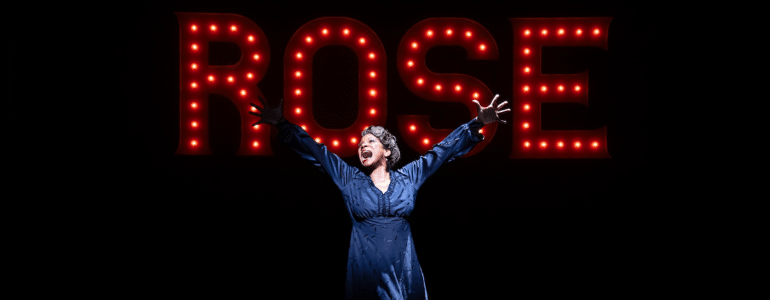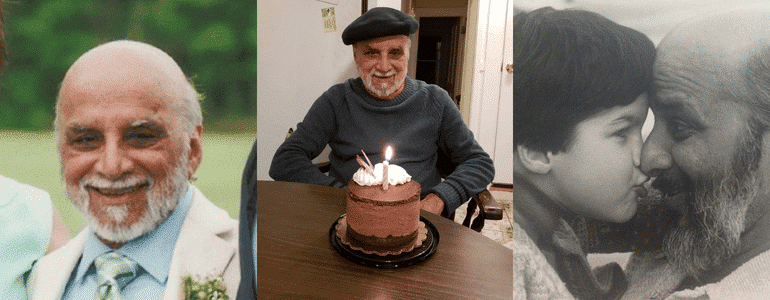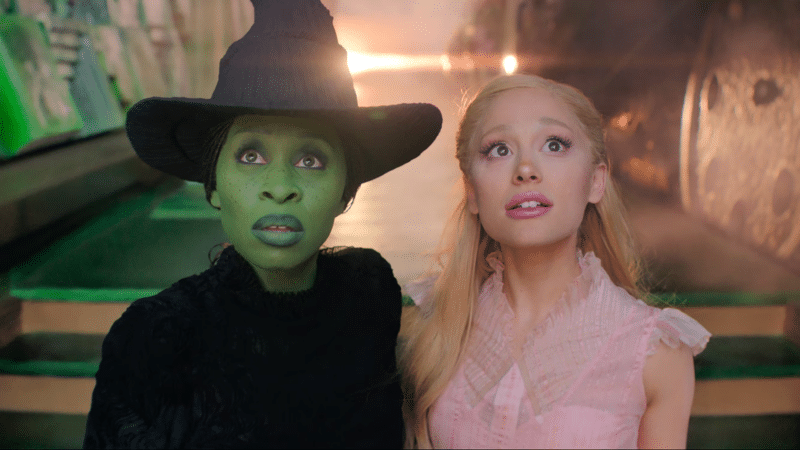CASE STUDIES: Why Audiences Love When You Do A Lot With A Little.
I was re-reading the script to Little Shop of Horrors yesterday as part of my self-induced continuing education in musical comedy (You want to learn how to do something? Anything? Whether it’s writing or water skiing, read/listen/watch how the greats have done it).
About 2/3 of the way through my re-read, I finally got to my favorite scene.
No, it’s not “Suddenly Seymour,” even though I did belt that out in a high school cabaret night once.
My favorite moment was and always will be “The Meek Shall Inherit.”
Not only do I love the tune, especially Seymour’s anguished cry of uncertainty (“I don’t know!!! I don’t knoooooooooow!”) but I just loved the scenes that take place within the song. You know what I’m talking about, right? It’s when one actor returns, and returns, playing different characters (from a woman to a William Morris agent), offering Seymour opportunities beyond his wildest botanical dreams.
Now, some Authors and Directors might have had different actors play each of those roles. Some Producers might have even read the script, counted up the roles and said, “This is too big. Cut some characters.”
But instead, the creative team of Little Shop embraced their “flaw” of a reduced cast size and turned it into an asset . . . by making the moment theatrical, and a showcase for what great actors and what the theater does so well . . . allows you to use your imagination.
Another example? How about Gentlemen’s Guide to Love & Murder, featuring Jefferson Mays playing more than a host of folks throughout the course of the show. This theatrical conceit is what made the show unique, and I’d say hands down what won it a Best Musical Tony Award.
Both of these case studies involve actors and costume changes . . . but what about John Doyle’s Sweeney Todd, featuring actors playing instruments . . . which came about solely because he lacked the budget for both actors and musicians (hear the story on his terrific podcast).
If you’re faced with a budgetary challenge . . . don’t throw in the theatrical towel and say it can’t be done. Instead, come up with an imaginative solution. Not only will you make it work within your economic box, but you’ll find that when done well, the audience will actually reward you even more for it, than had you chosen the conventional route.
Imagine “The Meek Shall Inherit” featuring a different actor in each role.
Or Gentlemen’s Guide.
John Doyle’s Sweeney would still have been good . . . but there have been other good revivals of Sweeney.
The theater is a non-realistic art form. Audiences not only don’t expect you to be realistic, they want you to be unrealistic.
It’s why they go.
What other examples can you name of theatrical conceits that improve the overall audience’s experience? Comment below!
– – – – –
Podcasting
Ken created one of the first Broadway podcasts, recording over 250 episodes over 7 years. It features interviews with A-listers in the theater about how they “made it”, including 2 Pulitzer Prize Winners, 7 Academy Award Winners and 76 Tony Award winners. Notable guests include Pasek & Paul, Kenny Leon, Lynn Ahrens and more.













